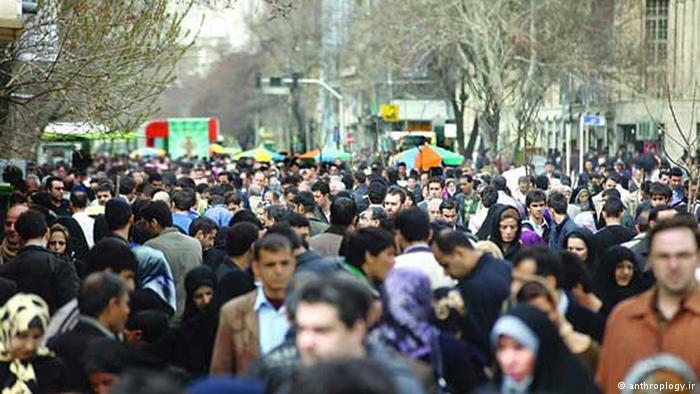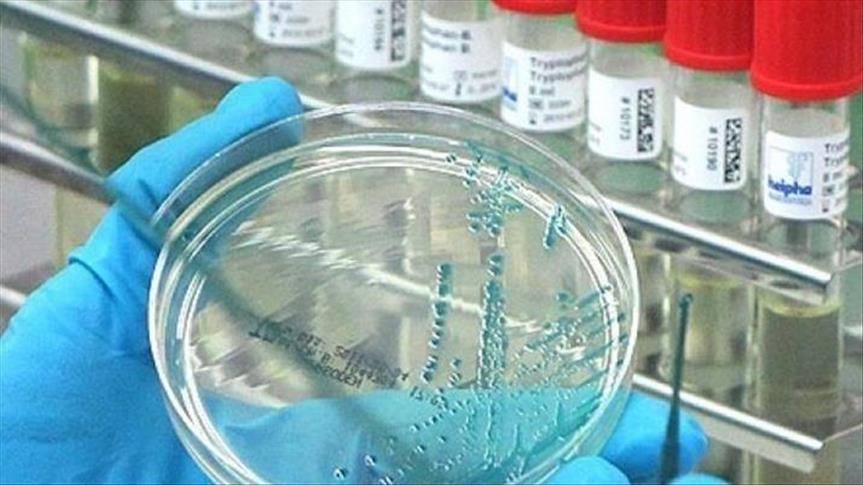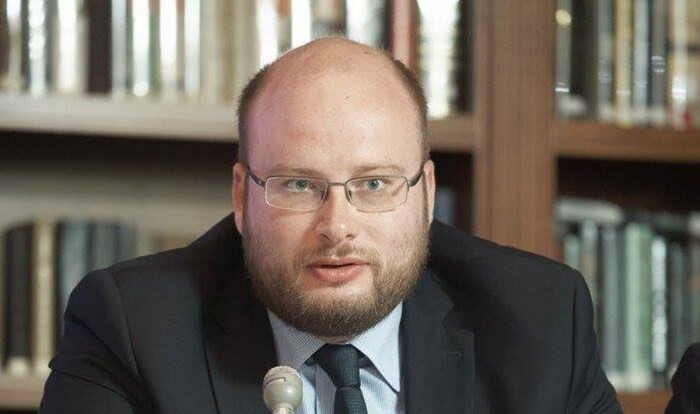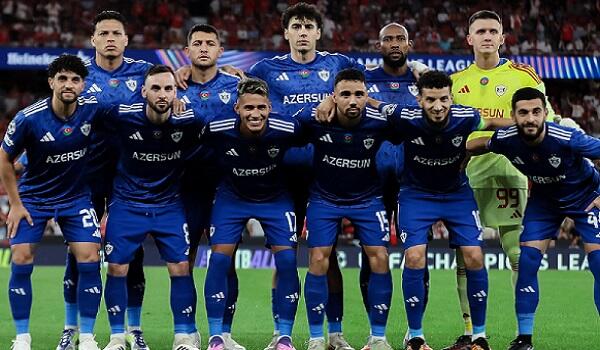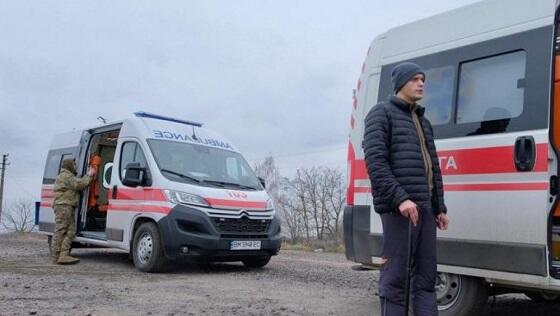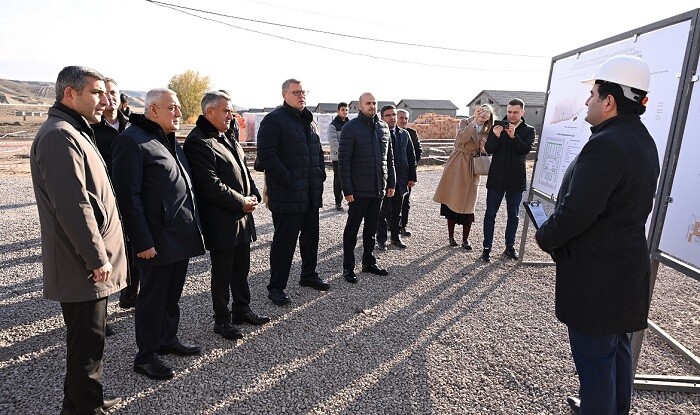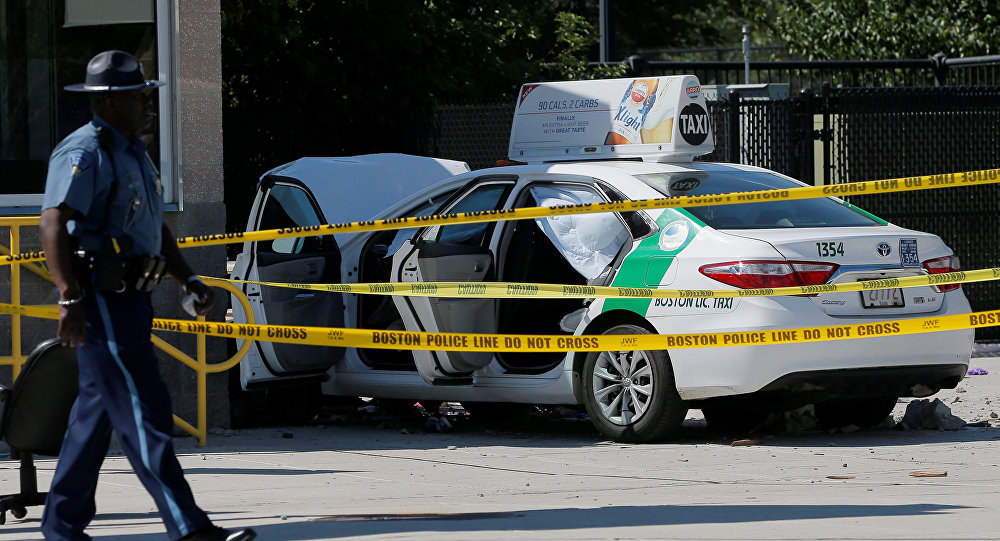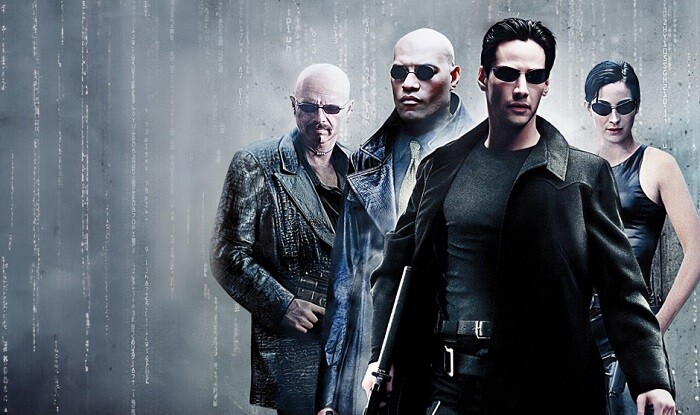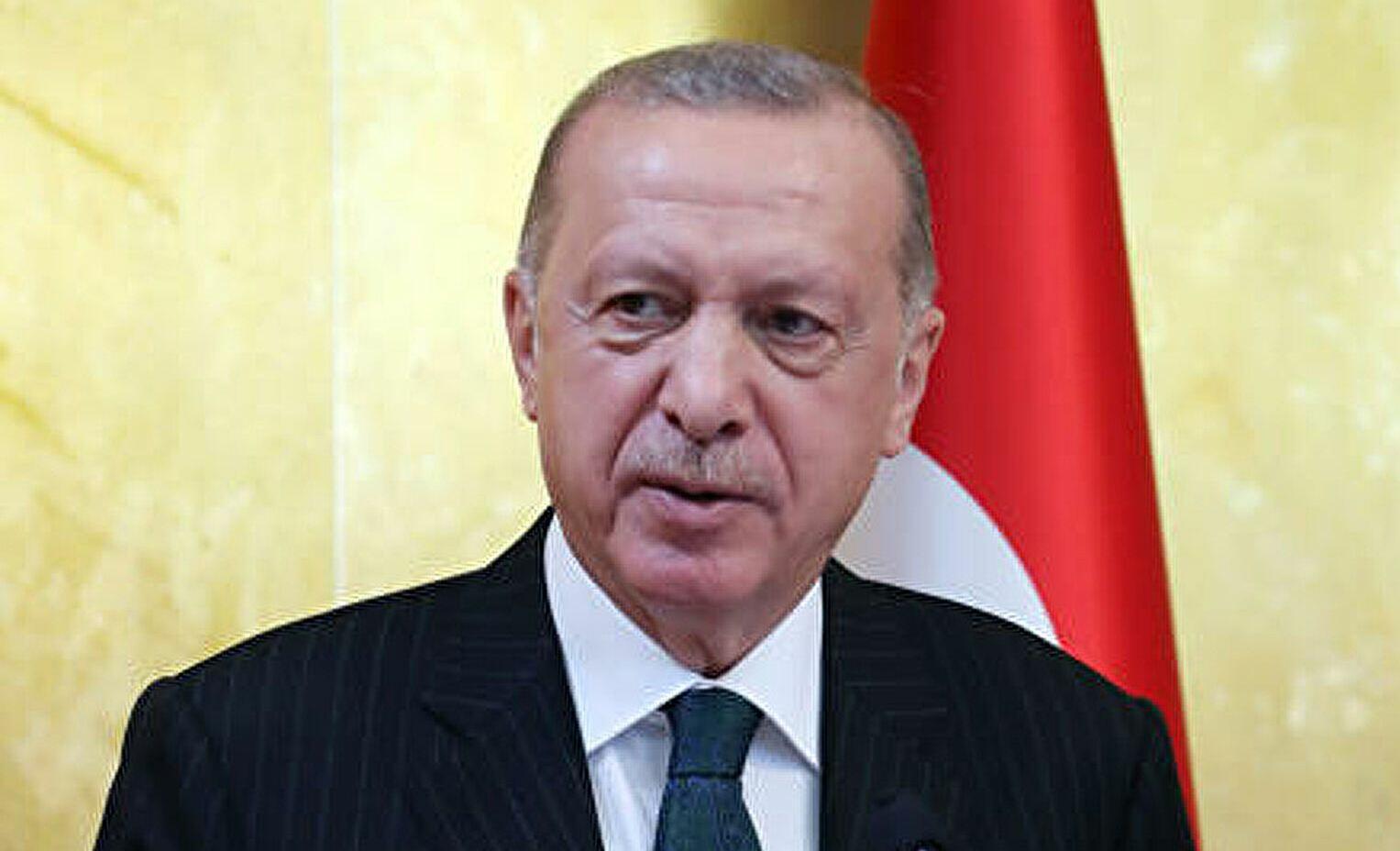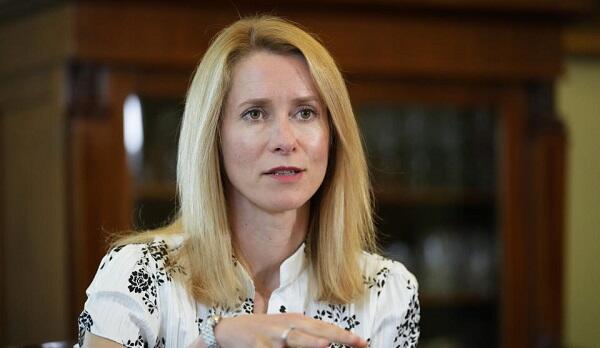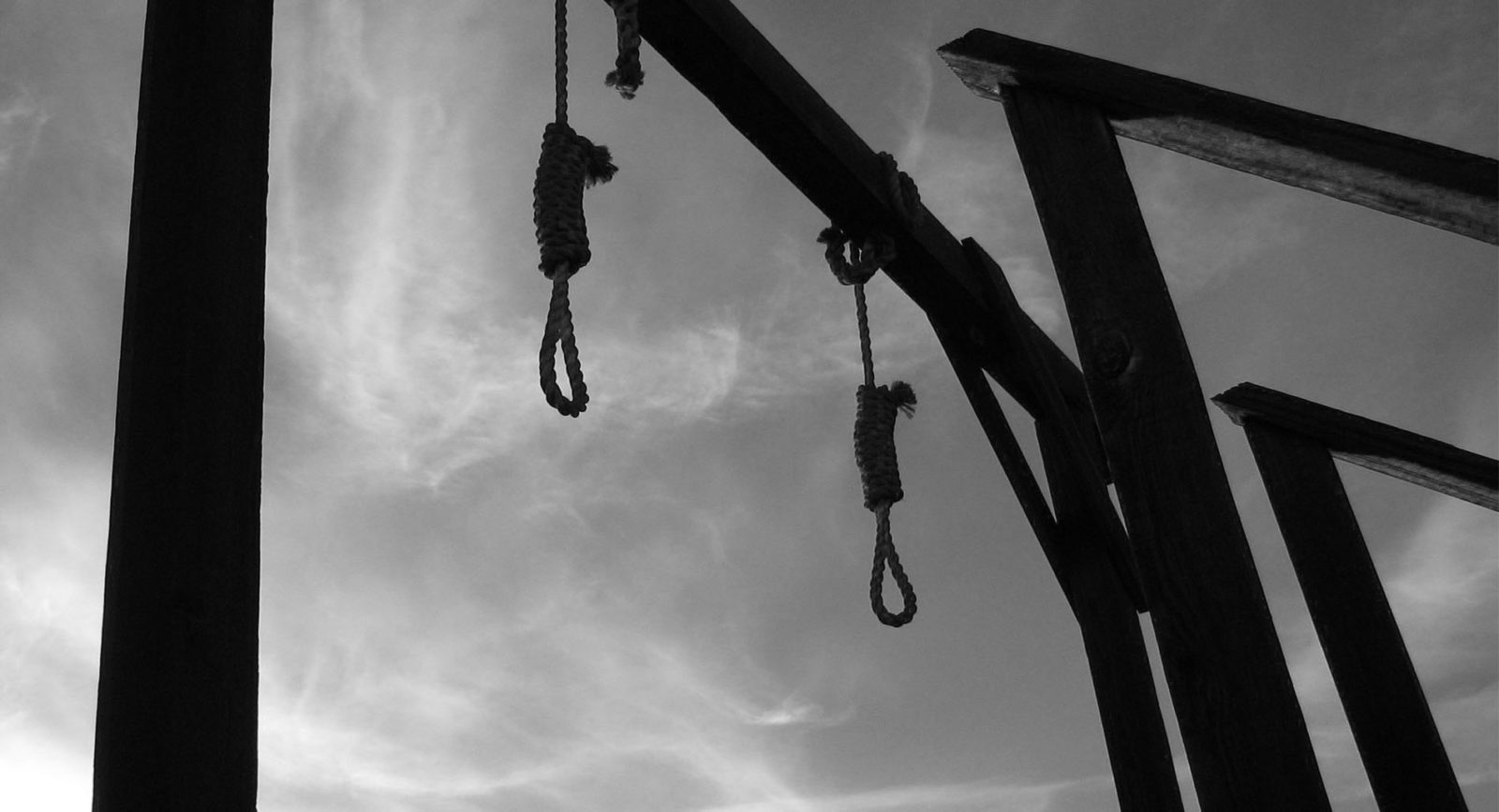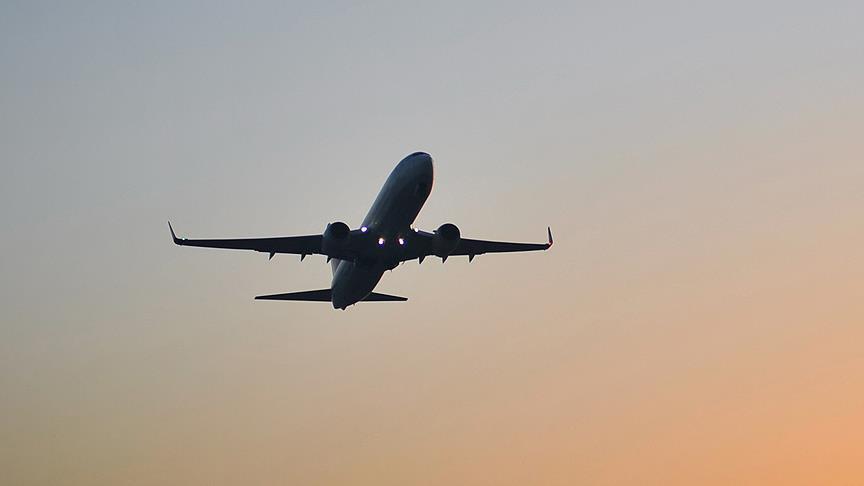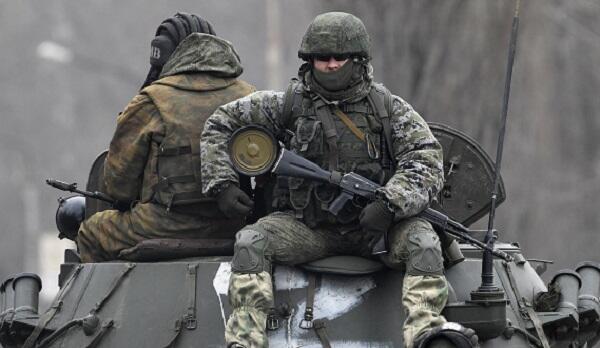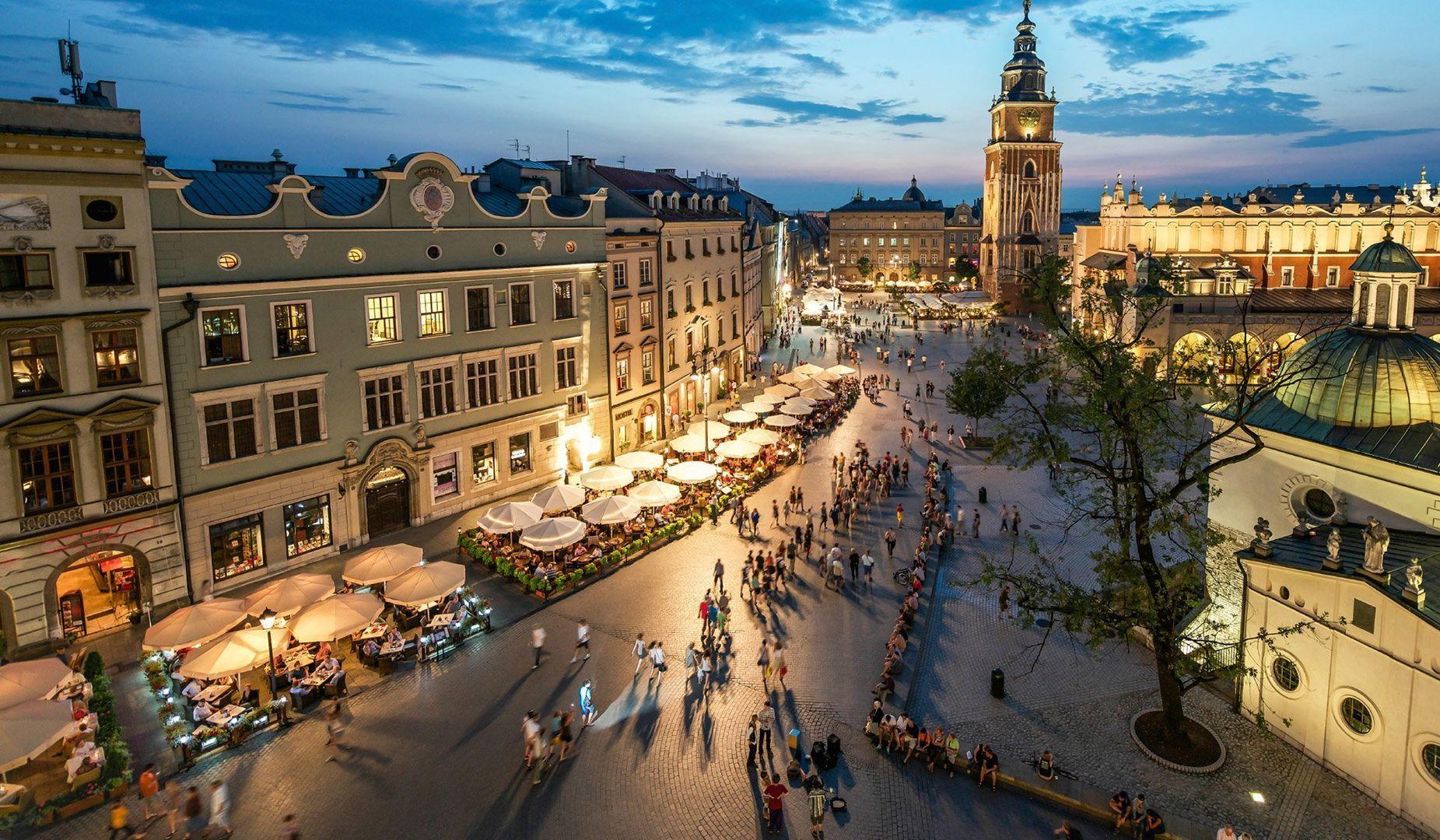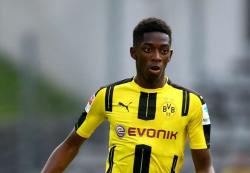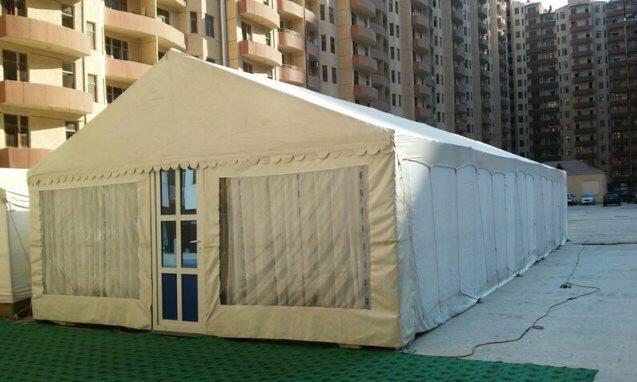Axar.az presents an article “Doubt And A Cathedral” by John Samuel Tieman.
To sit alone in an empty basilica, it's like being alone in an art museum, cool half-light on a summer afternoon, the rosary beads that make that peculiar tapping on a wooden pew, a sound known only to Roman Catholics.
I am alone in the Cathedral Basilica Of St. Louis, one of the largest churches in the world. It houses the largest collection of mosaics in the Western Hemisphere. But, aside from a few priests, deacons, nuns, a few old coots, do these mosaics have any meaning to a larger world? Do these symbols tell us anything about our world today? I consider the Resurrection on the dome to my right, St. Thomas The Apostle over the altar. The problem with the cathedral is that it is beautiful. Embedded within this beauty is a repugnant story.
People speak of our era as post-modern. Definitions of post-modernism vary. But certain characteristics seem relevant. Post-modernism has something to do with transition. Transition is always accompanied by doubt, and doubt is always a kind of wound.
I sometimes wonder if Christ ever knew a day of happiness. Certainly, He had a bad end. “My God, my God, why have you forsaken me?” What's inside a person when this is the poem that comes to mind? Most of His followers deserted Him. His last waking moment was filled with terror as a soldier stabbed Him.
I've often wondered why the risen Jesus still has the five wounds. It seems so ugly, so repugnant. He could have come back better looking than a thirty-three-year-old Robert Redford. Instead, this broken body.
After His resurrection, He has to confront Thomas, Doubting Thomas, who tells the apostles that until “[I] thrust my hand into His side, I will not believe.” This image is cringeworthy. But the doubt, and the wound, these – these are the post-modern world. Why? Because this is how we know each other, through our wounds.
People seldom know each other through grandeur, power, guardedness. Such a presentation is impenetrable. We more often know each other through our wounds. The Romans were the ones with all the power, all the grandeur. They were the victors. Yet, for all that, the guards, in all their armor, slept right through the Resurrection.
Jesus presents Thomas not with some glow-in-the-dark glory, but with His wounds, His torn body. And Thomas literally enters into the life of Jesus through the wounds.
A child is born with some terrible disease. It may only live a day. During that day, it may never know an hour without pain. Yet we can enter that child's life through its woundedness, if only a bit, if only for a moment, for we too have known pain.
I pass the last pew in the cathedral. A beggar asks me for a dollar. It's not easy to know her. I'm male, and she's female. I'm white, and she's Black. She smells of urine. I have a hundred dollars in my pocket, and she has not a dime. Still, something in me wants to give her a dollar. Paradoxically, I want to know who she is, and I want to run away. Do I put up my armor and say, “Oh, she'll just spend the money on a bottle”? I can run away. Or I can enter her pain.
This is what makes the saints both attractive and repellent. Mother Teresa of Calcutta, who tended to the dying. Father Damien of Molokai, who went to live with the lepers. These saints balance this contradiction – to be repelled by the wound, but to touch the wound anyway.
Most of us put on armor like the Romans. Most of us spend a lifetime trying to hide our wounds, to be that Roman, strong, victorious, impervious. And thus are we asleep. Asleep to ourselves. Asleep to the beggar. Asleep to those in pain.
While we cannot dismiss 2,000 years of iconography, we can ask, does it continue to have meaning? Perhaps. Perhaps as long as there is doubt, as long as there is woundedness, as long as we are in transition, perhaps there will be the story of Doubting Thomas.
It is worth noting that the story does not end happily. Thomas, legend has it, died a martyr. The story simply says that Thomas continued.
